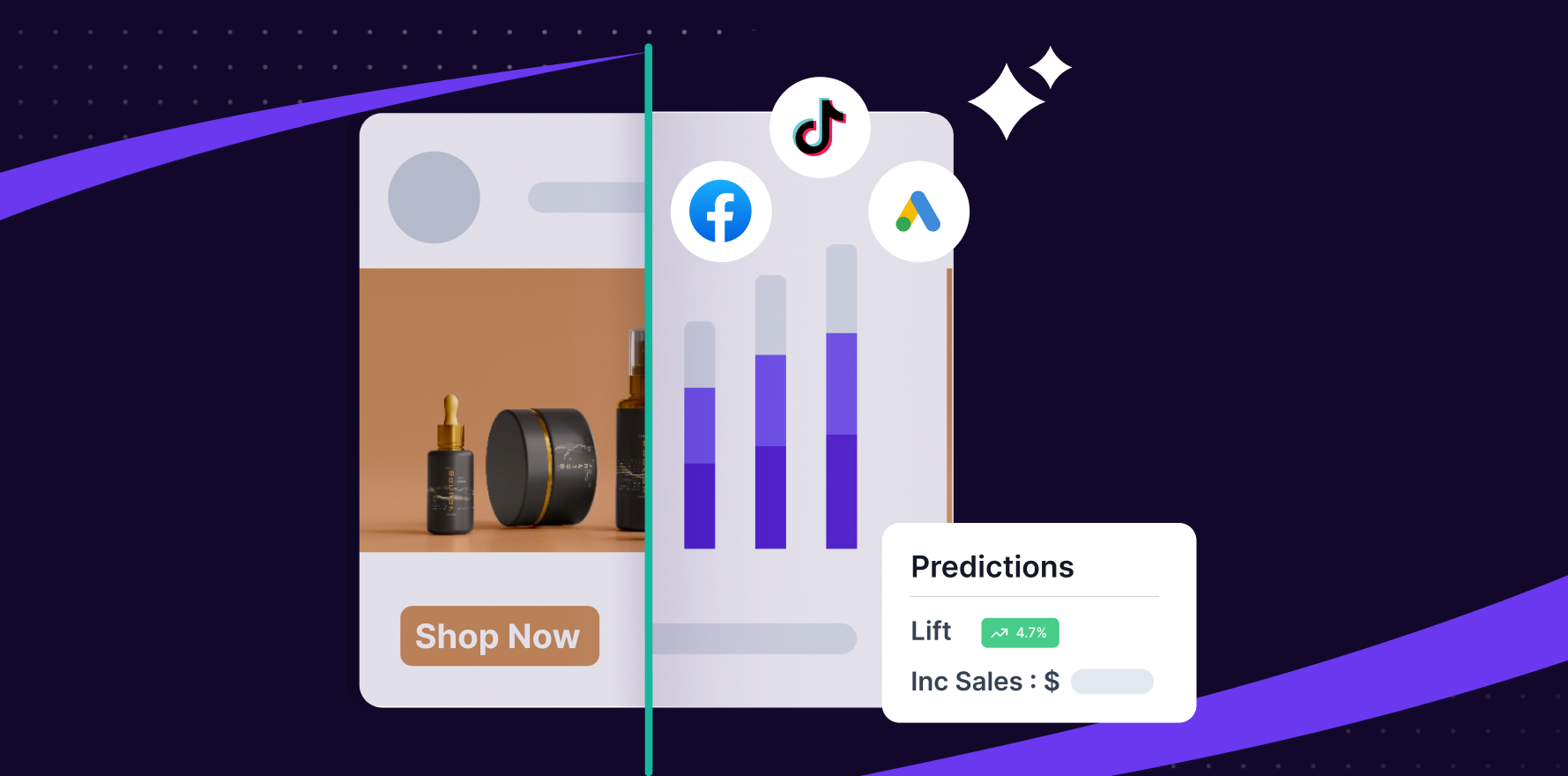What is Zero marginal cost?
Zero marginal cost is an economic concept that refers to the cost of producing one additional unit of production being zero, resulting in the possibility of unlimited profits. Factors such as energy, capital equipment, and labour may all play a role in determining the marginal cost of a given production task, making the total sum zero. It is an important metric for understanding the potential of a product or service, as unlimited potential profits can be generated with this approach.
Formula
Zero Marginal Cost = Cost per Unit – Marginal Cost
Example
An ecommerce business that sells digital products, such as e-books. Once the e-book is created, there are no additional production or delivery costs associated with each additional sale.Cost per Unit (e-book creation cost) = $500Marginal Cost (cost per additional sale) = $0Zero Marginal Cost = $500 – $0Zero Marginal Cost = $500In this example, the zero marginal cost of selling each additional e-book is $500. Once the initial cost of creating the e-book is incurred, there are no additional expenses for producing or delivering each additional unit, resulting in a zero marginal cost.
Why is Zero marginal cost important?
Zero marginal cost plays a key role in many businesses as it provides the ability to generate unlimited profits. Companies can use zero marginal cost production to increase demand for their product or service, as they are able to provide a low-cost or free option, which can attract customers. Furthermore, zero marginal cost production can provide sustainability for businesses as it allows them to remain competitive in the market without sacrificing the quality of their products or services.
Which factors impact Zero marginal cost?
A number of factors impact zero marginal cost, such as energy costs, capital expenditure, labor costs, and operational costs. Additionally, the efficiency and scalability of the production process play a key role in determining the marginal cost of production.
How can Zero marginal cost be improved?
Businesses can work to improve their zero marginal cost by identifying areas of expenditure to minimize. This could involve reducing labor costs, energy costs, and capital expenditures. Additionally, businesses should focus on reducing operational processes and costs, as these can be a significant factor in determining the marginal cost of production.
What is Zero marginal cost’s relationship with other metrics?
Zero marginal cost can be related to other ecommerce metrics such as the customer lifetime value (CLV) metric. The CLV metric measures the total value a customer provides to the business during their lifetime and can be greatly impacted by zero marginal cost. A business with a successful zero marginal cost production can attract more customers at a lower cost, therefore increasing the potential for a higher CLV.
Free essential resources for success
Discover more from Lifesight
















